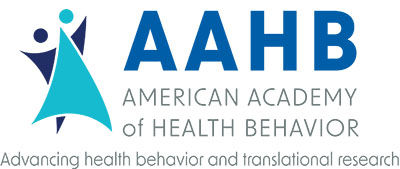|
Scientific Meeting 2023 - Lightning Talks Day 1
Monday, March 13 |
Presenter: Taghrid Asfar The Effects of E-cigarettes Pictorial Warning Labels Compared with The FDA Text-only Labels on Attention, Reaction, and Attitude among young adults: An Online Randomized Cross-over Experimental StudyAsfar, Taghrid; Oluwole, Olusanya, J.; Casas, Alejandra; Friedman, Lily; Schmidt, Michael; Noar, Seth; Vallone, Donna; Maziak, Wasim Purpose: The use of e-cigarettes has reached epidemic levels among young people in the US. Health communication of e-cigarette risks through warning labels has been considered a priority by leading health and regulatory bodies in the US to reduce e-cigarette use among young people. This study aims to examine the effect of 24 e-cigarette Pictorial Warning Labels (PWLs) compared to the FDA text warning label (TWL) on attention, reaction, harm perception, and intention to stop (users)/or to not initiate (nonusers) e-cigarette use among US young adults. Methods: We conducted a cross-over 2 (PWL vs. FDA-TWL) × 2 (e-cigarette users vs. nonusers) × 3 (labels Themes: T1-Toxicity, T2-health effect, T3-specific harm) online experiment among a nationally representative sample of 400 (50% current e-cigarette users; 50% nonusers) US young adults (females 50%; mean age of 25.39.1±2.62 years) in July 2022. Participants were randomized to view and rate the FDA-TWL and 3 PWLs (one from each theme) presented in random order. All the items were assessed on a 5-point Likert scale (1=not at all progressing to 5=very much). Planned comparisons were conducted using the Friedman test followed by a pairwise Wilcoxon signed-rank test for multiple comparisons. Results: Compared with the FDA-TWL, PWLs elicited greater attention (p=0.0004), negative affect reactions (p<0.0001), cognitive elaboration (p<0.0001), anticipated avoidance (p=0.041), intention to quit e-cigarettes (uses; p=0.004), intention to quit cigarettes (p=0.0007), intention to not initiate e-cigarette (nonusers; p=0.0006), and overall perceptions of the effectiveness (p=0.005). compared to PWLs, the FDA-TWL was considered easier to understand (p=0.011) and more relevant. Conclusion: The e-cigarette PWLs were superior to the FDA-TWL on almost all communication outcomes, including attention to quitting cigarettes. These findings support the potential of implementing PWLs on e-cigarette packages to strengthen the FDA regulation for e-cigarettes and to prevent future e-cigarette-related morbidity and mortality. |

